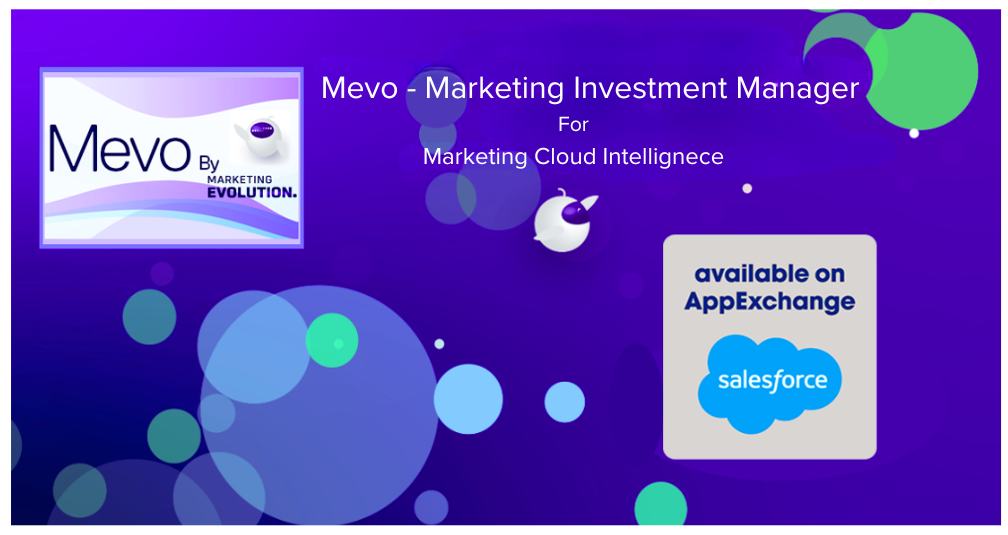Closed-Loop Marketing: What it is and How to Get Started
Marketers often need help to obtain a holistic view of how marketing activities contribute to ROI. In fact, 40% of marketers believe that measuring ROI is the number one marketing challenge they face. This typically originates from a limited view of how customers interact along the purchasing journey, especially when it comes to lower stages in the funnel.
In many organizations, there is a massive disconnect between sales and marketing teams despite how interlinked their roles are. This creates blind spots for bottom-of-the-funnel stages in the customer journey, making it exceedingly difficult to see how marketing activities help secure sales.
If marketing teams want to prove ROI with confidence, they need to use both marketing and sales data to get a complete view of the sales funnel. Closed-loop marketing provides a framework to do just that. In this blog, we will take a look at the definition, benefits, step-by-step guide, and tools of closed-loop marketing.

What is Closed-Loop Marketing?
Closed-loop marketing is a form of marketing analysis that relies on data and insights to improve ROI and is an important element of data-driven marketing. It’s also a process for testing new channels in a risk-averse way to learn which tactics are most effective before scaling media investments. The “closed-loop” part of the name describes how sales and marketing teams work together to report on leads in an endless feedback loop. This repeating dialogue helps teams better understand how marketing activities across every channel impact sales outcomes.
This is fundamental to help both teams fully understand the customer journey and answer difficult questions. For instance, when did a new customer first interact with your brand? Which assets did they view leading up to their purchase? What sales activities made them convert from a casual shopper to an active customer? Getting answers to these questions will help you better profile your customers and draw a clear line between marketing and sales.
How Does Closed-Loop Marketing Work?
The alignment of marketing efforts with sales outcomes is ensured by closed-loop marketing. It entails monitoring, evaluating, and improving marketing initiatives to boost ROI. Setting precise, quantifiable advertising goals is the first step in the process. Customer behavior is recorded and tracked by data-tracking tools like CRM systems and analytics software. To learn more about how well methods work and to pinpoint areas that need improvement, this data is analyzed.
These insights are used to tailor and optimize campaigns in order to engage leads and turn them into paying customers. Results are compared to objectives in order to enhance processes and improve upcoming projects. In general, closed-loop marketing offers a methodical way to boost productivity and spur corporate expansion.
What are the Benefits of Closed-Loop Marketing?
The connection between sales and marketing has been increasingly tenuous in a modern organizational structure. Marketing tends to generate demand for the company, while sales work to turn that demand into revenue – but despite this, these teams rarely share data or have formal meetings with each other.
Closed-loop marketing offers an end to this irrational division. The processes inherent in closed-loop marketing officially tie these two interconnected departments together through regular discussions and data sharing.
This imparts benefits for both teams. Marketing teams can shift away from prioritizing campaigns that generate leads and directly tie their activities to revenue instead of aimlessly driving engagement. Sales teams will be able to learn more about their target audience, including who they are, how they previously engaged with the brand, and which items they’re most interested in buying, helping them have a more pointed dialogue with leads.
Unifying the marketing and sales teams through a dedicated data-sharing process will create a wealth of benefits. For instance:
- Reduced cost per lead
- Better conversion rate
- Lower marketing costs
- Informed lead management practices
- A shortened sales cycle
- Better overall customer experience
- Accurate ROI analyses
These benefits make it clear that closed-loop marketing is essential to optimizing marketing performance.
What are the Tools Needed for Closed-Loop Marketing?
To implement closed-loop marketing successfully, various tools are required to track and measure the performance of marketing activities at each stage. Here are the tools required to effectively implement the CLM strategy:
1. Customer Relationship Management (CRM) System
A CRM system is a must-have for marketers. It organizes customer information and improves collaboration between teams. It simplifies sales and marketing by tracking customer interactions and behavior. With a CRM system, you can target leads, reward loyal customers, and increase revenue and satisfaction. Salesforce is a great example of a widely used CRM system trusted by marketers in different industries.
2. Marketing Software
These tools can help with different marketing tasks like managing leads, social media marketing, analytics, acquiring customers, email marketing campaigns, engaging users, and improving SEO and PPC effectiveness.
3. Data Management Tools
Data management tools collect, analyze, and interpret data about customer interactions, marketing campaigns, and sales performance. With accurate and relevant data, businesses make informed decisions and improve their marketing efforts. Google Analytics is a widely used analytics software with robust features for tracking and measuring marketing activity.
Getting Started with Closed-Loop Marketing: A Step-by-Step Guide
Closed-loop marketing strongly focuses on data – leading some sales and marketing leaders to search for a technological solution to bridge the gap between sales and marketing. However, a technology-first approach may not be best.
Don't underestimate the importance of innovative marketing performance measurement solutions in your closed-loop marketing strategy. But before you invest in marketing technology, make sure you're culturally and operationally prepared for closed-loop marketing.
Follow the step-by-step guide below to ensure your marketing and sales teams are ready to work together:
1. Get Leadership Buy-in
Shouldering the responsibility of closed-loop marketing entirely on sales and marketing teams may make your initiative a nonstarter, especially if leadership is skeptical about the time or technical investment involved with closed-loop marketing.
2. Foster a Data-driven Culture
To make the most of closed-loop marketing, your team should fully understand the value of collecting, sharing, and analyzing data. This often requires a cultural shift, as many teams lead with intuition and only use data to solidify existing biases.
3. Ensure Sales and Marketing Communicate Regularly
If your teams don’t collaborate already, use the influence of leadership teams to set up recurring meetings where marketing and sales can get to know each other, ask questions about recent activities, and share data.
4. Review Your Approach to Unified Marketing Measurement
If marketing teams don’t completely understand how their offline and online activities influence the customer journey, sales will be left with impartial data and unsatisfying insights. Ensure you have a marketing measurement solution that provides an accurate, unified way of measuring these channels.
5. Gain a Mature Approach to Marketing Automation
Automation isn’t absolutely necessary for closed-loop marketing, but it’s the de facto standard. An immature approach to automation will force your sales and marketing teams to spend time compiling and sending data instead of focusing on revenue-driving activities.
6. Verify Sales Processes are Working Smoothly
If your sales team is still ironing out its strategy, your insights from closed-loop marketing may be unreliable. For best results, check in with the sales team and ensure they are confident in their current strategy and processes.
7. Ensure You Have the Right Technology
Your data management technologies need to support omnichannel marketing measurement, marketing automation, and your overall data-driven strategy. A measurement platform like Marketing Evolution can help you track all of your marketing touchpoints in a reliable way and provide a repository that connects marketing and sales data together.
In the end, following these seven steps will help you create a strong, collaborative strategy to start your closed-loop marketing initiative.
Maximize the Use of Closed-Loop Marketing with Marketing Evolution
Closed-loop marketing allows marketing and sales to work together in a data-driven manner, providing reliable results and constant improvement in campaign performance. However, before you start employing this strategy, make sure you fully consider the cultural and technological demands that are introduced along with this process. Otherwise, the initiative could be retired before you see the impact of the closed-loop model.
Thankfully, the Marketing Evolution's platform has the technological demands of closed-loop marketing covered. Our solution is the only inherently closed-loop marketing performance solution that accounts for all facets of marketing performance, from exposure to engagement to purchasing. With the right solution to support your team’s initiative, you’ll enjoy more robust ROI straight out of the gate.


.png?width=514&height=132&name=KO%20CTA%20CHANGES%20(1).png)
